Series Five Essential Practices for the Teaching of ELLs - Elementary : Fact or Opinion: An Integrated ELD Lesson
ELA.SL.K.1a
| Common core State Standards
- ELA: English Language Arts
- SL: Speaking and Listening Standards K-5
- K: Kindergarten
-
1a:
Participate in collaborative conversations with
diverse partners about kindergarten topics and
texts with peers and adults in small and larger
groups.
a. Follow agreed-upon rules for discussions (e.g.,
listening to others and taking turns speaking
about the topics and texts under discussion).
b. Continue a conversation through multiple
exchanges.
ELA.SL.K.1b
Common core State Standards
- ELA: English Language Arts
- SL: Speaking and Listening Standards K-5
- K: Kindergarten
-
1b:
Participate in collaborative conversations with
diverse partners about kindergarten topics and
texts with peers and adults in small and larger
groups.
a. Follow agreed-upon rules for discussions (e.g.,
listening to others and taking turns speaking
about the topics and texts under discussion).
b. Continue a conversation through multiple
exchanges.
Save to My Resources
PLEASE CREATE A NEW ACCOUNT OR LOG IN TO ACCESS THIS CONTENT
Enjoy your first video for free. Subscribe for unlimited access.
Have questions about subscribing?
Click Here to learn more about individual subscriptions.
Click Here to learn more about School and Institution access.
Discussion and Supporting Materials
Thought starters
- How does this lesson provide varied opportunities for students to use both discipline specific and general academic language?
- What supports does Ms. Iwaszewicz offer her students in order for them to have successful academic conversations?
- How does Ms. Iwaszewicz strategically use partners?
In Partnership With:

School Details
Lafayette Elementary School4545 Anza Street
San Francisco CA 94121
Population: 540
Data Provided By:

Teachers
Elizabeth Iwaszewicz
English Language Arts Math Science Social Studies / Kindergarten 1 2 3 4 5 6 7 8 9 10 11 12 / Coach
Newest
|
4 MIN
|
5 MIN
|
5 MIN
UNCUT CLASSROOMS
| TCHERS' VOICE
English Language Arts
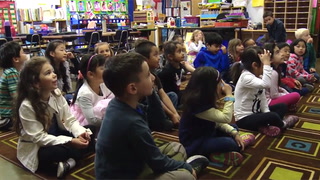
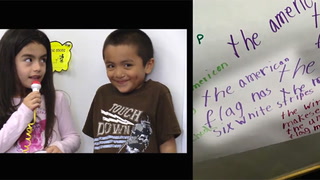

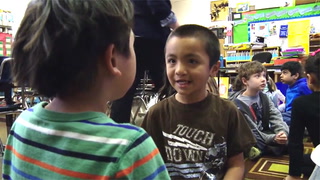



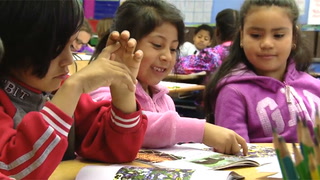
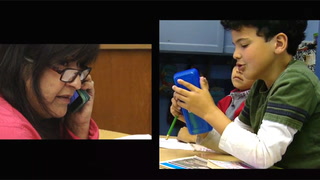










12 Comments
TAP Student Sep 6, 2023 7:18pm
Miranda Wolke
In this lesson, the teacher provides the general academic language and then she allows the students several different partners, practices and opportunity to speak with each other on the information that they are learning. The lesson also incorporates an anchor chart and sentence starters to help support the teacher and students.
She offers an anchor chart and sentence starters. Students are used to visually show an example of the expectations for the conversation and where to look for help if they get stuck. Ms. Iwaszewicz also uses academic language throughout the day and allows the students to practice academic conversations.
She's uses partners for the students to practice academic conversations with each other and then has them repeat the process with another partner to get two different thoughts.
Catherine Murray Feb 6, 2020 9:59pm
WOW! Amazing! I just got so many ideas from watching this video. She is GOALS!
Noemi Rosales-Torres Mar 2, 2018 5:43pm
Abayomi Adeyemi Oct 22, 2017 2:58pm
joyce tran le Aug 29, 2017 11:05am